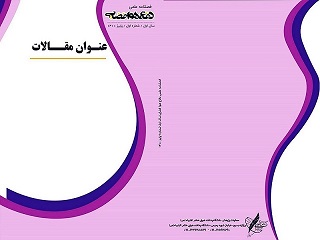Document Type : Original Article
Abstract
Artillery weapons have an important role in low height artilleries. In the first step of these weapons, due to reach a stable and controllable projectile, aerodynamically, finding angle and the initial velocity are very essential. Until now, scientists have obtained these items by modelling based on ordinary differential equations. But, in this paper, fractional differential equations of the projectile motion, which are very efficient in artillery weapons and more compatible with nature, are introduced. Then some of its properties such as trajectory, range, flight time and maximum height are studied. In addition, an inverse projectile motion is considered, i.e., we consider a problem that we know the position of motion in a special time and then we obtain angle and the initial velocity. In this way, the shooting method is applied. This method is an efficient and applicable method for solving boundary value problems. Finally, in order to study the efficiency and accuracy of the method a numerical example is given.
Keywords
Main Subjects

